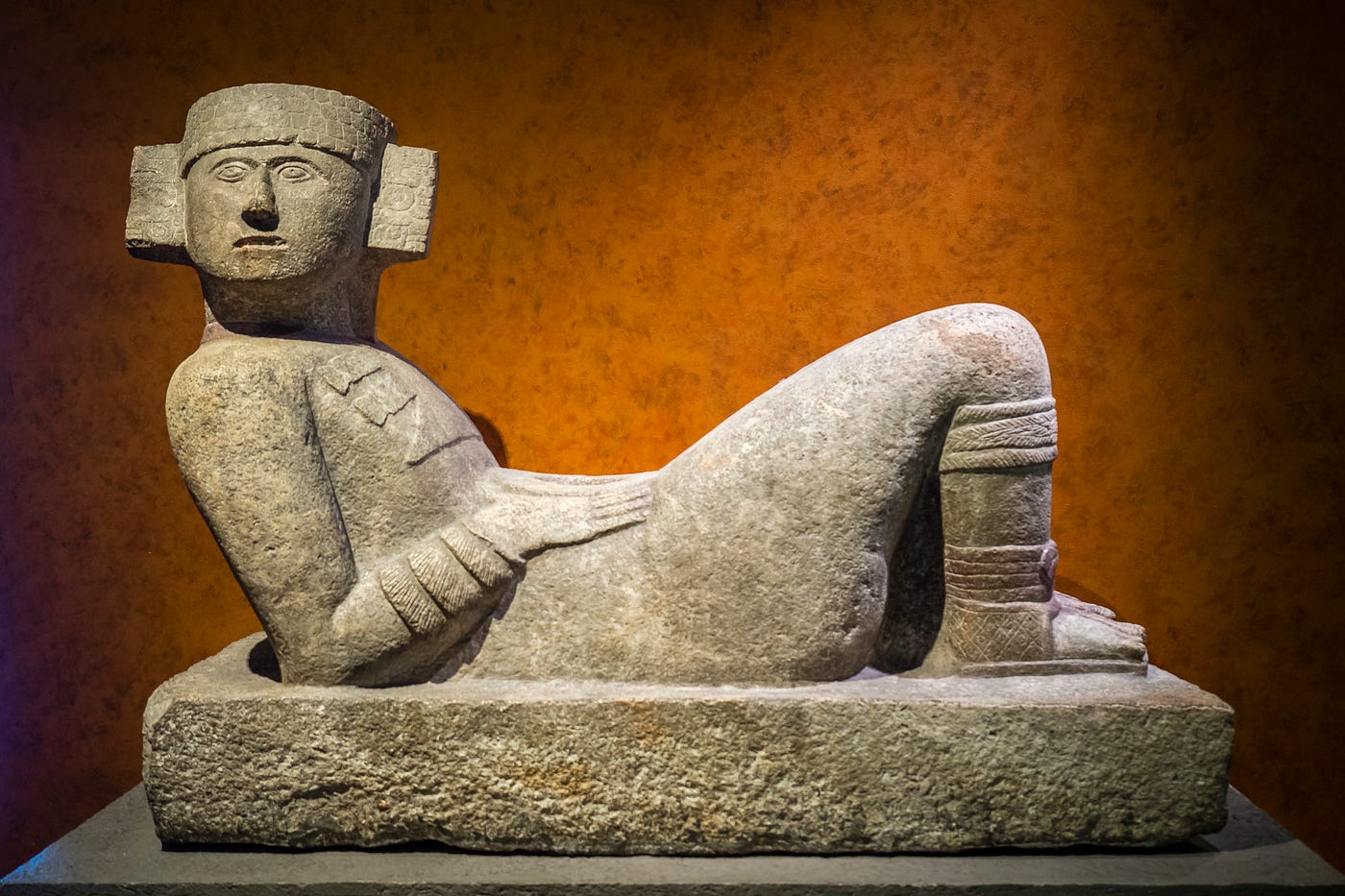Throughout history, historians and archaeologists have conducted countless studies to unravel the past. These studies are important to give us a better understanding of who we are and where we come from. Over time, discoveries have been made that have significantly changed our perception of history. Here are ten fascinating discoveries that reshaped our understanding of history, including the Rosetta Stone, Dead Sea Scrolls, Machu Picchu, King Tutankhamun Tomb, Terracotta Army, Pompeii, and Göbekli Tepe. These discoveries have provided invaluable insights into the cultures, beliefs, and practices of our ancestors and have sparked new avenues of study, deepening our appreciation for the richness and diversity of human history.
10 Fascinating Discoveries That Reshaped Our Understanding of History
Throughout the centuries, historians and archaeologists have conducted countless studies to unravel the past. These studies are important to give us a better understanding of who we are and where we come from. Over time, discoveries have been made that have significantly changed our perception of history. Here are ten fascinating discoveries that reshaped our understanding of history.
1. The Rosetta Stone
The discovery of the Rosetta Stone in 1799 by a French soldier in Egypt unlocked the key to understanding hieroglyphs. The stone provided a text written in three scripts: ancient Greek, demotic, and hieroglyphs. The decipherment of the hieroglyphs sparked a renewed interest in ancient Egyptian culture and opened up a new avenue of study for Egyptologists.
2. The Dead Sea Scrolls
In 1947, a group of Bedouin shepherds stumbled upon ancient scrolls in caves near the Dead Sea. These scrolls contained evidence of a Jewish sect known as the Essenes and included copies of biblical books written before the time of Christ. The discovery provided invaluable insights into religious practices and beliefs of the time.
3. Machu Picchu
The discovery of Machu Picchu in 1911 by Hiram Bingham revealed an ancient Incan citadel high in the Andes mountains. The site provided evidence of the sophistication of Incan civilization, as well as clues about the culture and beliefs of the people who lived there.
4. Otzi the Iceman
In 1991, an Austrian couple discovered the well-preserved body of a man in the Alps. The body, known as Otzi the Iceman, was later found to be over 5,000 years old. The discovery provided information about diet, clothing, and tools of the time, as well as clues about the man’s death.
5. The Lascaux Caves
The discovery of the Lascaux Caves in southwestern France in 1940 revealed prehistoric cave art of animals, humans, and symbols. The paintings were estimated to be over 15,000 years old and provided insights into the art, culture, and beliefs of the time.
6. Troy
The discovery of the ancient city of Troy in Turkey provided evidence of a city that was thought to be a myth. The city was the subject of the epic poem the Iliad, written by Homer. The discovery of the city proved that there was a real historical basis for the story, and provided insights into ancient Greek civilization and culture.
7. The King Tutankhamun Tomb
The discovery of the tomb of King Tutankhamun in 1922 by archaeologist Howard Carter provided a wealth of information about ancient Egyptian burial practices, as well as evidence of the wealth and power of the pharaohs.
8. The Terracotta Army
The discovery of the Terracotta Army in Xi’an, China in 1974 provided a glimpse into the military might and sophistication of the ancient Chinese civilization. The army was created to protect the tomb of the Chinese emperor Qin Shi Huang.
9. Pompeii
The discovery of the ancient Roman city of Pompeii in 1748 provided a treasure trove of information about Roman daily life. The city was buried under ash and pumice after the eruption of Mount Vesuvius in 79 AD, preserving its streets, buildings, and infrastructure.
10. Göbekli Tepe
The discovery of Göbekli Tepe in southeastern Turkey in the 1990s provided evidence of a prehistoric religious site that predated agriculture and civilization. The site was dated to be over 11,000 years old and provided insights into the beginning of human religious beliefs and practices.
Conclusion
The discoveries outlined here have changed our understanding of history significantly. From the decipherment of hieroglyphs to the discovery of ancient cities, these findings have provided invaluable insights into the cultures, beliefs, and practices of our ancestors. Each discovery has sparked new avenues of study and deepened our appreciation for the richness and diversity of human history.
